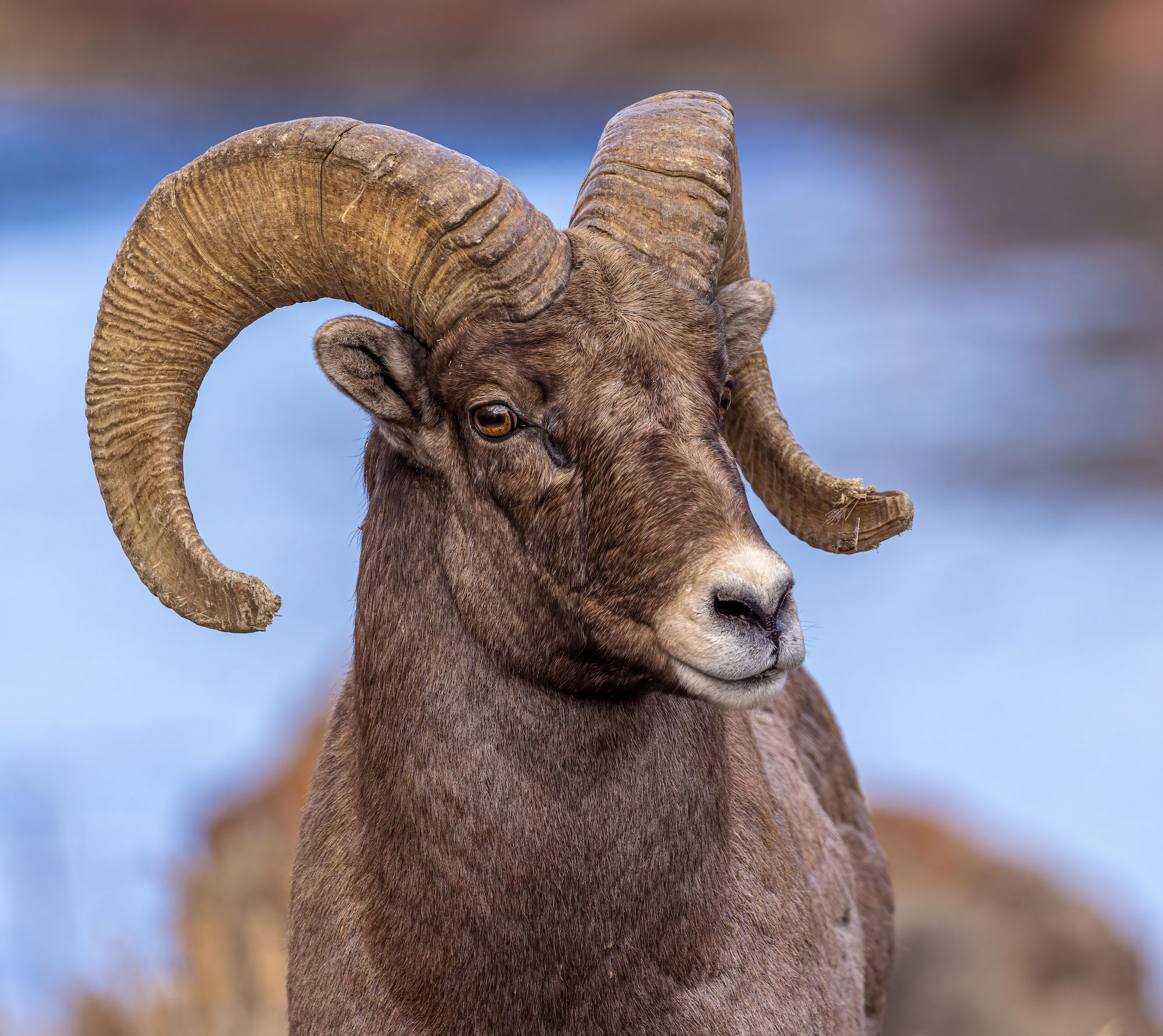
Day 1
Our currently anonymous friend drove us to Coronado National Memorial to fill up on water and get us on our way up the Arizona Trail. The first two miles head south to the Mexico/U.S. border, so realizing that immediately leaving would put him in Tucson during rush hour, he agreed to come with us for the first two miles each way and see the border.
From a large parking area on Montezuma Pass in the park boundary, the trail climbs up a short distance and then begins a lengthy descent until reaching the border, marked by an obelisk commemorating a treaty between the U.S. and Mexico. Along the way were various interesting rock formations and a high grasslands sparsely decorated with juniper and oak.

After the ascent back up, we unloaded the bulk of our gear from anonymous’ car and poured our thanks on him. As he drove off we began getting our packs together and with only an hour or two before sunset, made our way to at least two more miles in to get past the park boundary since no camping is allowed inside. The Miller Peak Wilderness borders the park to the north, so that was our goal. Under normal circumstances it would have been easily doable, but the trail was a relentless climb higher and higher. While the views were amazing, the climb only intensified as the weight on our backs became apparent. At the same time, the light from a near full moon began to take over as the sun had set a long time ago.

Exhausted, we reached the boundary and set up camp, something we were both eager to do since we were up till 2am the night before finalizing our packing. We both agreed on a simple dinner and rushed to bed.
That would have been the end of day one but shortly after crawling into the tent the wind began howling from out of nowhere and never let up, dropping the temperature with it. We slept ok, but it definitely could have been better and less noisy.
Day 2
Early the next day, I woke up at sunrise to find traces of snow flurries and sleet around our tent. Since there were still many clouds in the area, it made for a great, but brief sunrise. I made the mistake however of assuming the worst of the weather was over.

Though the wind had died down overnight, we were about to climb to the high point of the next several passages, and the storm was only just getting started.
Neither of us slept well from the wind and cold, so ultimately crawling out of the tent to start the day proved difficult. We eventually did make it out though and got on our way.
After hiking a mile or so, the clouds parted and we finally had some sun to warm up to. We prematurely put away a few layers and continued on where it didn’t take long at all for the clouds to roll back in. More sleet began pouring down on us, but began to let up as we neared the turnoff to climb Miller Peak. We stopped at a nice overlook for lunch to also take advantage of a break in the weather.
Our lunch was cut short by more sleet and even snow now dumping down on us, but cleared up as we reached the spur trail for the peak.

The short mile-long, round-trip detour was well worth it. We hit it during another break in the weather giving us amazing panoramic views and glimpses of trails to come, and the gateway towns below.
We hit more snow as the trail finally leveled out, giving us a rest from the excruciating climb up. We also hit our first water source along that stretch, Tub Spring, named so for a natural spring that’s piped into an old bathtub. As long as we didn’t stir the water up too much, the quality was great! We of course purified it though.
Just a short climb up the ridge we watched a fantastic sunset and found a nice spot for camp, until an unrelenting wind that lasted well into our sleep rolled in as soon as we had our tent up. It wasn’t long after that before the temperature began dropping quickly. Fortunately the tent was set up well enough so that the wind didn’t bother us much, but it still helped to bring the overall temperature down. This proved especially difficult in getting our alcohol stove lit for a warm dinner, which I was now trying to do in the dark. It didn’t help that I forgot my headlamp at home, so we only had one to share between the two of us.

We both spent the night periodically waking up and seeing where in the sky the full moon was and finding out the next day that we were both getting more and more excited as the bright moon began to set behind our heads, capping off another long, cold, and uncomfortable night.




